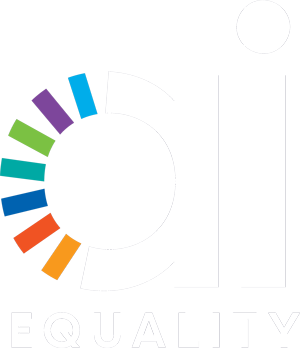Hiring is one of the primary applications automated employment decision tools (AEDTs) are utilized. The world of hiring is rapidly evolving, with artificial intelligence (AI) playing an increasingly significant role. AEDTs are transforming how companies screen and select candidates. It is a powerful innovation, but this technological advancement also brings forth a new set of challenges in optimizing the tools while ensuring equitable merit driven decisions, and legal compliance in the hiring processes. As employers increasingly rely on AEDTs to streamline their hiring processes, understanding and adhering to AEDT compliance regulations becomes crucial to avoid potential legal repercussions.
What Are AEDTs and Why Do They Matter?
AEDTs encompass a broad range of AI-powered tools, many of which assist in hiring decisions. These tools can analyze resumes, assess candidate skills, conduct virtual interviews, and even predict job performance. While AEDTs offer efficiency and scalability, they also raise concerns about potential bias and discrimination if not properly managed. Ensuring these tools are fair and unbiased extends beyond the ethical imperative but also is required for compliance with legal requirements in many jurisdictions.
The Rise of AEDT Regulations
In response to growing concerns about bias in AI-powered hiring, regulatory bodies worldwide are implementing stricter rules governing the use of AEDTs. These regulations are intended to protect job seekers from discriminatory practices, putting checks and balances in place so AI tools are used responsibly and transparently. For employers, understanding and complying with these regulations is crucial to maintain ethical hiring practices and avoiding reputational damage.
Key Compliance Considerations for Employers
Employers must take proactive steps to ensure their AEDTs comply with relevant local, state, and federal regulations. This includes conducting thorough risk assessments to identify potential biases in the algorithms and data sets used by the tools. Regular audits and impact assessments can help monitor the effectiveness of the tools and can detect any unintended discriminatory outcomes. Additionally, it is recommended employers prioritize transparency by informing candidates about the use of AEDTs in the hiring process and offer clear explanations of how the tools work.
Mitigating Bias and Ensuring Fairness
Mitigating bias in AEDTs is an ongoing effort that requires continuous monitoring and adjustment. Employers should regularly review and update their algorithms and data sets to ensure they are representative of the diverse talent pool according to their industry and locations relevant legal requirements. Implementing fairness constraints and regularly testing the tools for bias can help detect and address any discriminatory outcomes. Collaborating with experts in AI ethics and fairness can also provide valuable guidance in developing and maintaining fair and unbiased AI-powered hiring practices.
Navigating the Legal Landscape
The legal landscape surrounding AEDTs is constantly evolving, with new regulations and guidelines emerging regularly. Employers must stay abreast of these changes to ensure ongoing compliance. Partnering with legal counsel specializing in employment law and AI can help employers navigate the complexities of AEDT regulations and mitigate legal risks.
The Role of AIEquality in AEDT Compliance
AIEquality plays a crucial role in helping employers navigate the complexities of AEDT compliance. Our experts and channel partners together provide comprehensive products, including talent optimization, risk assessments, audits, compliance checks, bias mitigation, and remediation strategies. By partnering with AIEquality , employers can check their AI-powered hiring practices are fair, equitable, and compliant with laws and regulations.
Building Trust and Transparency
In addition to legal compliance, building trust and transparency with candidates is essential for successful AI-powered hiring. Employers should clearly communicate how AEDTs are used in the hiring process and provide opportunities for candidates to seek clarification or to appeal decisions. By fostering a transparent and open dialogue, employers can build trust with employment candidates and demonstrate their commitment to fair and equitable hiring practices.
Embracing a Holistic Approach to AEDT Compliance
AEDT compliance is not just a checkbox exercise; it’s a continuous process that requires a holistic approach. Employers should integrate fairness considerations into every stage of the AI development and deployment lifecycle. This includes involving diverse stakeholders in the design and testing of AEDTs, regularly monitoring the tools for bias, and implementing robust feedback mechanisms to address any concerns.
The Future of AI-Powered Hiring
As AI continues to transform the hiring landscape, employers who embrace fair and equitable practices will have a competitive advantage. By prioritizing compliance, transparency, and fairness, employers can build a more competent workforce while mitigating legal and reputational risks. The future of AI-powered hiring is bright, but it requires a commitment to ethical and responsible use of technology.
For expert guidance and support in navigating AEDT compliance, contact AIEquality today.

